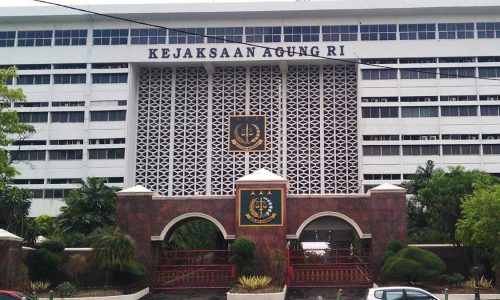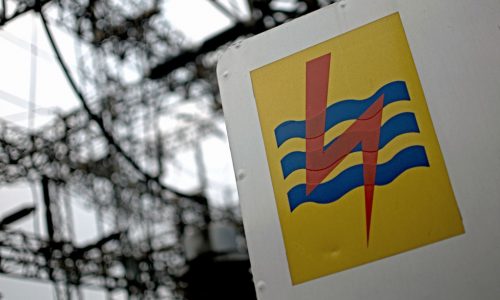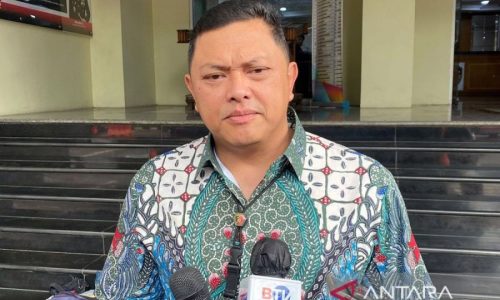The oversupply of electricity makes it difficult for PT Perusahaan Listrik Negara (Persero) (PLN), to increase the capacity of installed solar panels.
Putra Adhiguna, an analyst from the Institute for Energy Economics and Financial Analysis (IEEFA), believes that this situation will impact the plans to increase the installed capacity of solar panels until 2030. Putra points out that PLN is still dealing with the issue of excess electricity supply from the 35,000-megawatt (MW) coal and gas power plant program.
“Fundamentally, the excess capacity of coal-fired power plants (PLTU) and the challenging financial situation of PLN make the implementation of solar panels always fluctuate,” said Putra on Sunday, November 12, 2023.
In a situation of excess capacity, according to Putra, the motivation for PLN to increase the use of solar power or solar panels (PLTS) and its supporting network becomes challenging. As of the end of 2022, the installed capacity of solar panels in Indonesia is only 0.3 gigawatts (GW), significantly lower than Thailand and Vietnam, which have capacities of 3.1 GW and 18.5 GW, respectively.
Furthermore, Indonesia is also lagging behind Malaysia, the Philippines, and Cambodia, with installed capacities of 1.9 GW, 1.6 GW, and 0.5 GW, respectively, as of 2022. Putra noted that Vietnam does not have excess capacity and is actively trying to meet their electricity demand, making their situation different.
Achieving 5 GW target
Through the Electricity Supply Business Plan (RUPTL) that extends until 2030, PLN aims to achieve an installed capacity of 5 GW for solar panels. Management consultancy McKinsey and Company, projected that PLN needs to incorporate about 0.7 GW of electricity from solar panels into the system each year to reach this electricity supply target.
Meanwhile, some industry players suggest that the government needs to expedite the finalization of the revision of Ministerial Regulation No. 26/2021 concerning Roof Solar Power Plants (PLTS Atap) amid the stagnation of investments and installed capacity from solar panels over the past decade. Chief Commercial Officer of SUN Energy, Dion Jefferson, emphasizes the need for clear rules on investment and the development of solar panels domestically due to the prolonged policy revision.
“Just finalize the revision of Regulation 26/2021 and implement it. So that industry players and customers have clarity on the rules of solar panels in Indonesia,” said Dion when contacted on Sunday (11/12/2023).
Processes must be expedited
In addition, Dion added that PLN needs to expedite the tender process for energy transition projects such as Hijaunesia 2023 and de-dieselization, which have not been completed by the end of this year. According to him, the delay in the tenders of these two PLN initiatives is a contributing factor to the stagnation of efforts to increase the capacity of solar power plants (PLTS) in the national electricity system.
“It seems that the lack of synchronization or harmonization between the Ministry of Energy and Mineral Resources (ESDM) and PLN throughout 2022-2023 is one of the reasons,” he said.
Previously, PLN’s CEO, Darmawan Prasodjo, mentioned that the company is currently auctioning the first phase of the de-dieselization program targeting 94 locations, divided into two clusters for the western and eastern regions of Indonesia. In this program, diesel power plants (PLTD) will be replaced by solar panels with a potential of 200 megawatts (MW).
Additionally, there is a potential additional investment in battery energy storage systems (BESS) of 350 MWh in the initial stage. Furthermore, the potential additional development for the second and third phases could reach 800 MWp of solar panels. The management rights are granted for 20 years from the commercial operation date (COD).









